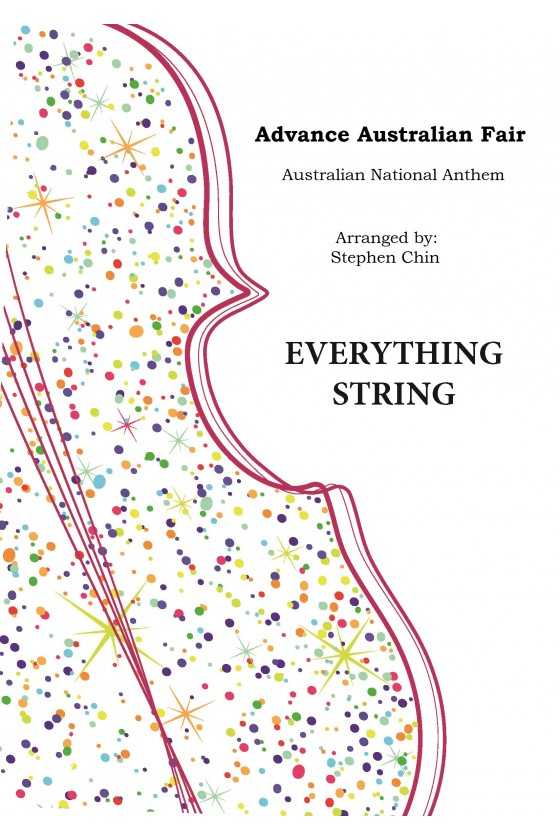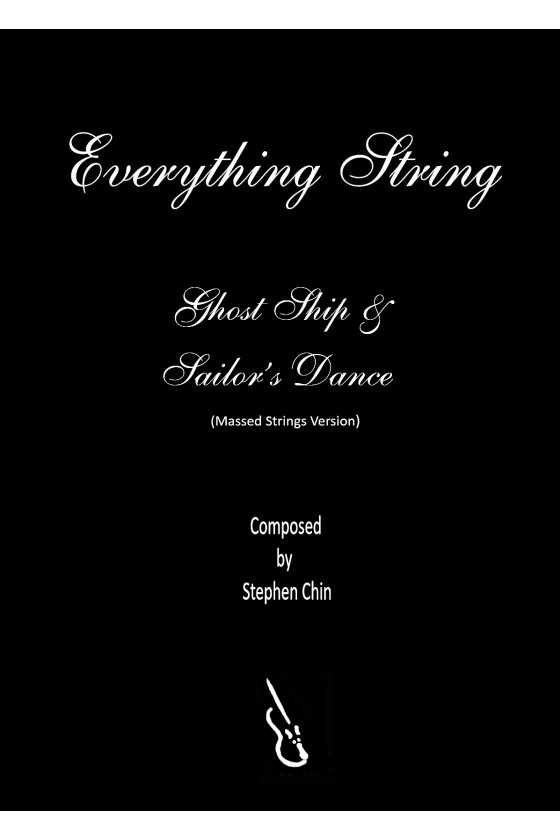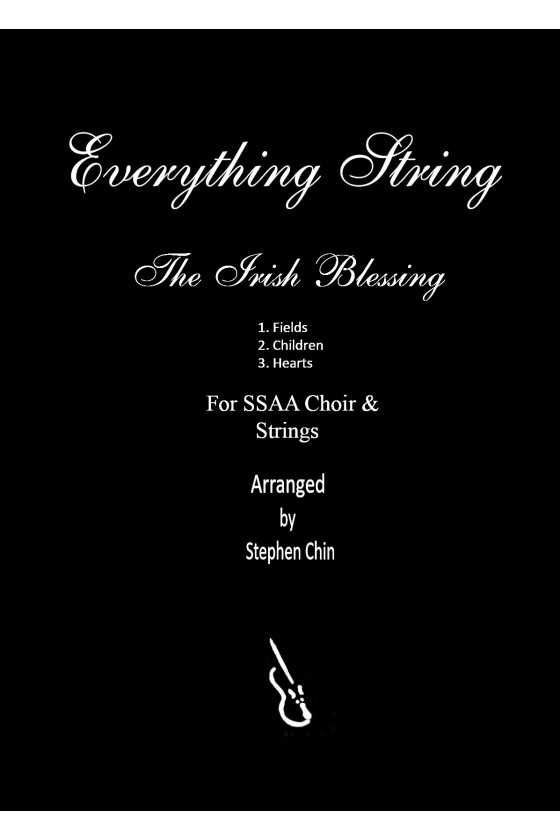Advance Australia Fair - Australian National Anthem Arr. Stephen Chin
Australia's National Anthem is a source of pride for Australians. We offer the first verse thoughtfully, with a piano part for accompaniment. A major key suits most voices. Great for school assemblies. Suitable for Grade 2 String Orchestra.

















